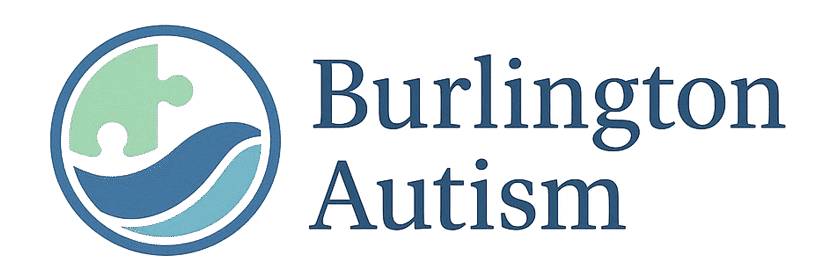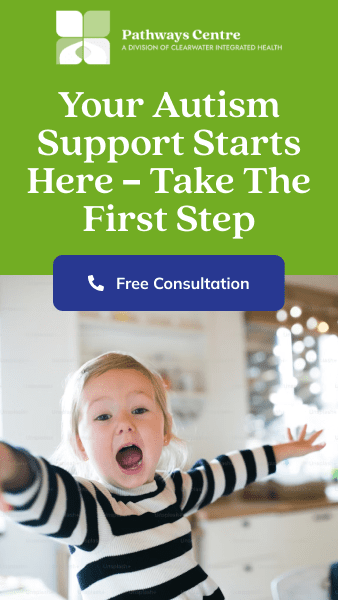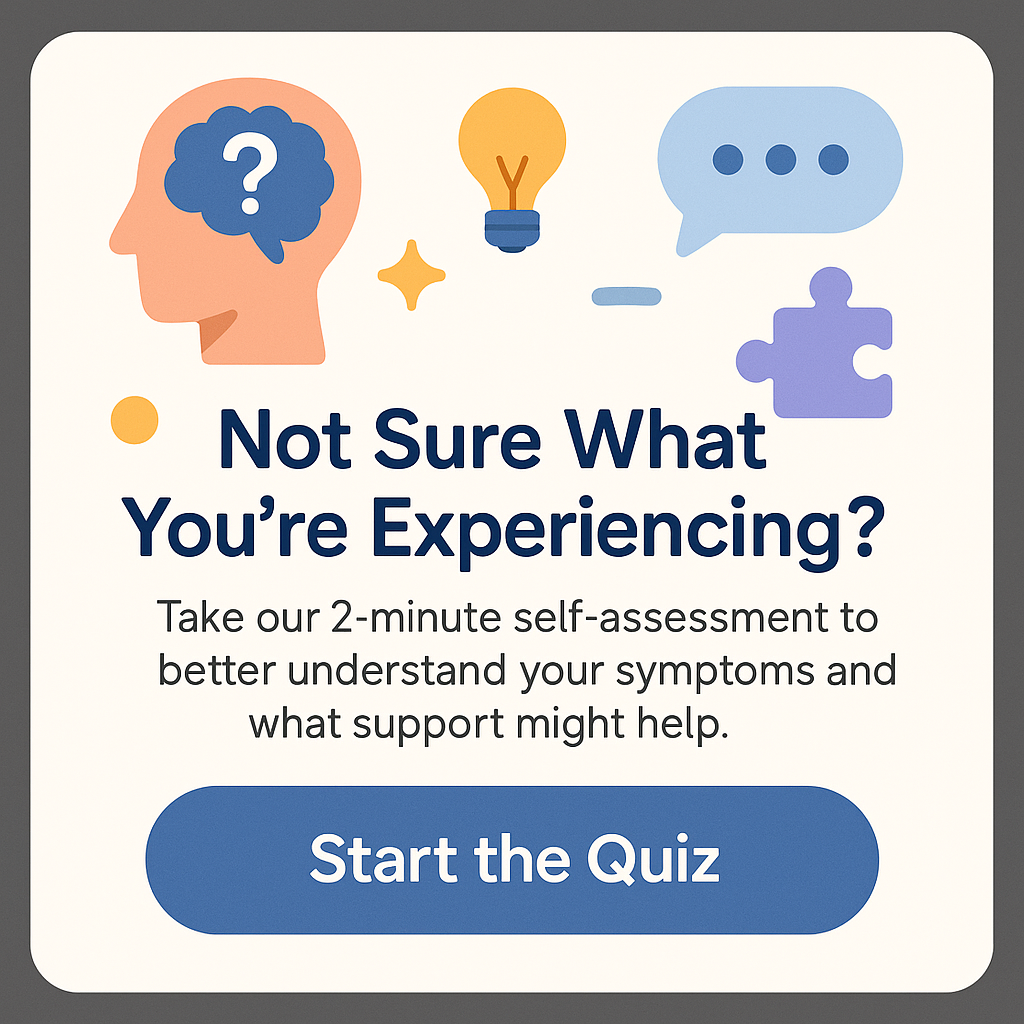What County Has the Highest Autism Rate?
What county has the highest autism rate? This is a question that has gained increasing attention from parents, educators, and healthcare professionals alike. As the prevalence of autism spectrum disorder (ASD) continues to rise globally, understanding the factors contributing to these statistics is more crucial than ever. In this article, we will explore the counties with the highest reported autism rates, delve into potential reasons behind these trends, and present insights into how communities can support individuals with autism.
Understanding Autism Prevalence
Before we dive into which county has the highest autism rate, it’s important to grasp the broader picture of autism’s prevalence. Autism spectrum disorder is a complex neurodevelopmental condition characterized by difficulties in social interaction, communication challenges, and a tendency towards repetitive behaviors. According to the Centers for Disease Control and Prevention (CDC), autism affects approximately 1 in 54 children in the United States as of recent reports. However, reported rates can vary significantly from one region to another, particularly by county.
Several factors may contribute to variations in autism rates between counties. These can include socioeconomic factors, access to healthcare and education, and even environmental influences. Counties with better diagnostic practices may report higher rates simply because they are more adept at identifying autistic individuals. Consequently, it is crucial to interpret data on autism rates carefully.
The key to answering the question, “What county has the highest autism rate?” lies in examining the data collected from multiple studies and health assessments. For instance, areas with comprehensive public health initiatives often yield more detailed and sometimes alarming statistics regarding autism.
Leading Counties for Autism Rates
When looking at various reports, California counties often emerge at the top of the list regarding autism prevalence. For example, Orange County has frequently been highlighted for its alarmingly high autism rate. According to reports, the prevalence in certain areas of Orange County can rise to as high as 1 in 28 children diagnosed with ASD.
This stark statistic has been attributed to several key factors. First, the robust support network and resources for autism assessment have led to heightened awareness and, subsequently, an increasing number of diagnoses. Moreover, the area boasts a diverse population, which also plays a role in understanding the complex nature of autism across different cultural contexts.
Further north, Los Angeles County tends to mirror these trends with rates that approach those seen in Orange County. The concentration of pediatric neurologists, autism specialists, and therapeutic services creates an environment conducive to higher diagnosis rates. Therefore, many families who are seeking assistance find themselves living in these populous areas.
Beyond California, certain counties in New York and New Jersey display significant autism prevalence rates. For instance, Bergen County in New Jersey has reported some of the highest prevalence rates of autism, citing figures that can reach 1 in 32 children in specific districts. As in California, the reasons are multifaceted—awareness, better diagnostic and early intervention services, as well as a deeper understanding of autism, all contribute to reported rates.
Factors Influencing Autism Rates
Determining what county has the highest autism rate requires consideration of various elements that may influence these statistics. Understanding that autism prevalence is not uniformly distributed across different regions is essential.
Socioeconomic Variables
Socioeconomic factors play a crucial role in the identification and reporting of autism. In counties with higher levels of education and better access to healthcare services, individuals are more likely to receive early diagnosis and intervention. This higher diagnosis rate can skew prevalence statistics that indicate a higher autism rate in some counties. Conversely, in areas with limited access to education or healthcare, children who may fall within the autism spectrum might go undiagnosed due to a lack of resources or awareness.
Access to Healthcare and Resources
The availability of healthcare services is a critical factor affecting autism diagnosis rates. Counties with robust healthcare systems and a wide array of specialist services will likely have higher rates of diagnosed autism. Notably, places with proactive public health campaigns can significantly increase awareness and encourage parents to seek evaluations for their children sooner than in less informed areas.
In addition, school districts that offer extensive special education resources and support can play a part. Given the laws concerning Individualized Education Programs (IEPs), children with identified needs, including autism, may receive better outcomes when attending schools equipped with the appropriate resources.
Impact of Environmental Factors
Aside from socioeconomic and healthcare access factors, environmental influences also merit discussion when assessing autism prevalence. Research has suggested that several environmental exposures, including certain chemicals or pollutants, may correlate with increased rates of autism in specific localities.
Possible Environmental Exposures
Some studies have pointed to potential links between environmental factors such as air quality, proximity to industrial sites, and exposure to pesticides, or heavy metals and the rates of autism diagnoses. While definitive causal relationships remain to be fully established, it is an area that raises compelling questions for parents and policymakers.
Furthermore, communities that prioritize cleaner environments and sustainability may find fewer reported cases of autism, thereby indicating that while autism is a complex interaction of genetics and environment, both matter significantly.
Community Support and Autism Awareness
Understanding which county has the highest autism rate also involves exploring the community’s response to this condition. Many counties with higher prevalence rates have established strong support networks for individuals with autism and their families.
Advocacy and Support Groups
Counties that have active autism advocacy groups and community support services create an environment where families can connect, learn, and support each other. These organizations often provide resources about education, therapies, or even basic life skills training tailored to children with autism.
The proactive stance of local advocacy groups plays a crucial role in disseminating information about autism and supporting screening initiatives. Communities that come together to focus on education, training, and public awareness may see positive outcomes in terms of diagnosis rates and widespread understanding.
Education and Training Initiatives
In counties where autism rates are notably higher, educational initiatives often accompany advocacy efforts. Schools within these communities may focus on autism training for staff, ensuring a well-informed approach to education for those with ASD. This effort can lead to improved academic outcomes for students while also normalizing differences and fostering inclusivity.
Conclusion
As we’ve explored throughout this article, understanding “What county has the highest autism rate?” is a complex question that intertwines various elements, including socioeconomic factors, healthcare access, environmental concerns, and community support. While various counties, particularly within California and New Jersey, exhibit notably high rates of autism diagnoses, it is essential to view these numbers within their broader context.
The rise in reported autism rates can also be seen in a positive light—more diagnoses mean more awareness, better support services, and hopefully a brighter future for individuals on the spectrum. As society evolves, so too should the approach to autism, ensuring that individuals with autism are seen, heard, and supported.
FAQs
1. What are the main symptoms of autism?
Common symptoms of autism include communication difficulties, challenges in social interactions, and repetitive behaviors. Early diagnosis can help in managing these symptoms effectively.
2. Is there a specific cause of autism?
The exact cause of autism remains unclear. However, research indicates that both genetic and environmental factors play significant roles in its development.
3. How can communities support autism awareness?
Communities can support autism awareness through educational programs, advocacy groups, and inclusive events that promote understanding and acceptance of individuals with autism.
4. What resources are available for families with autistic children?
Families can access various resources, including therapy programs, educational services, support groups, and information from local health departments focusing on autism.
5. Can autism be treated?
While autism cannot be cured, early intervention and therapies can significantly improve outcomes and skills for children with autism.







